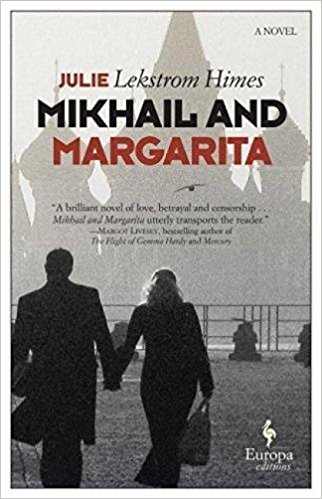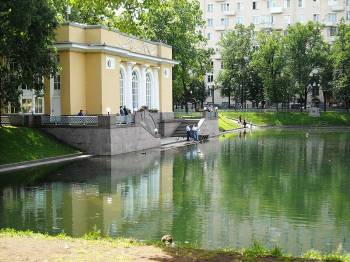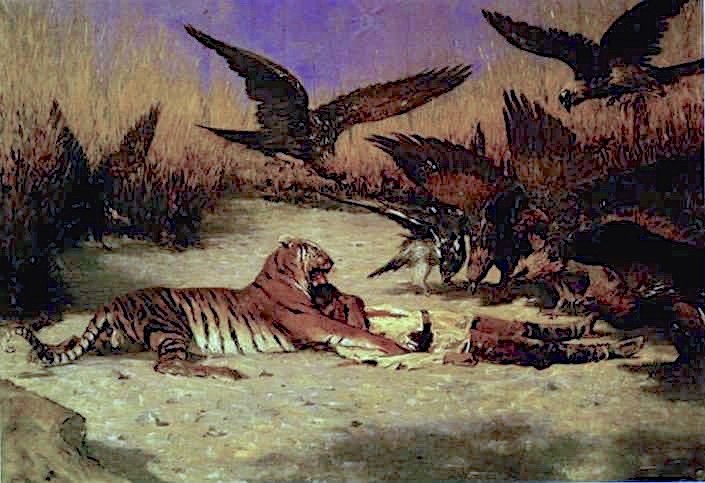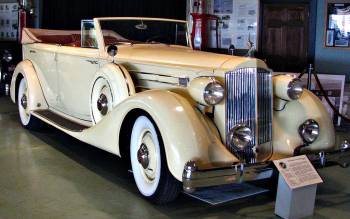Note: This novel was WINNER of the Center for Fiction’s First Novel Prize, 2017.
“You must admit we are different from other creatures. Can you name another that would stand as we do, one before the other, willing to kill – or be killed – for something that is not food or property or even temporary dominance? For ideas as inconstant as principle or justice or love? Is this what makes us so wretchedly human? Dare we call it a soul? – Mikhail Bulgakov

Julie Lekstrom Himes, with Mikhail and Margarita, has created an enthralling book which pays honor to Mikhail Bulgakov and his most famous novel, The Master and Margarita, which Bulgakov began writing in the late 1920s, a time of upheaval, coups, and the Russian Civil War. By that time, Bulgakov, a physician, novelist, and playwright had already run afoul of the state censors for his plays, and many of them were not allowed to be performed. Eventually, he was blacklisted. In desperation, he sent a personal letter to Josef Stalin requesting permission to emigrate, but Stalin surprised him – by answering his letter and praising his talents. Some of his work was then reinstated and saved, though the satire was removed from it by the censors, making it irrelevant. By the time he began writing The Master and Margarita in 1928, the literary situation had become so tense that Bulgakov ultimately destroyed the first manuscript of it for safety reasons, then rewrote it in secret. After his death in 1940, his wife protected the second, secret manuscript by hiding it until 1966, when she published it for the first time, to great acclaim.
In Julie Lekstrom Himes’s novel, Mikhail and Margarita, Bulgakov himself is a main character, one with whom the author obviously empathizes. Himes, who is also a physician and writer, has traveled in Russia, has spent a year doing research for this book, and has devoted seven years to writing it. The resulting novel, remarkable in its ability to bring author Mikhail Bulgakov and the period fully to life for the reader, recreates Bulgakov’s “thoughts” so effectively that the reader feels as if the author has inserted actual autobiographical commentary. The book, the story of a romantic love triangle, opens in 1933, at a private meeting of writers in their union hall where they sometimes meet privately to read and discuss their work. Poet Osip Mandelstam, a long-time friend and sometime mentor for Bulgakov, attends this meeting, accompanied by young Margarita Nikoveyeva, with whom he is apparently having an affair. Bulgakov, whose own wife has left him, is also attracted to Margarita. Later that night Mandelstam is taken in for questioning, his apartment searched and his work confiscated. No one is sure what will happen to him – or to his friends.

Patriarch Ponds in Moscow, where several scenes, both at the beginning and the conclusion, take place.
Within hours, Margarita contacts Bulgakov to report that her apartment is being watched, and Bulgakov, returning to his own apartment, finds his books and prints all over the floor and his apartment in shambles. Before long, he and Margarita become aware of the ubiquitous presence of Ilya Ivanovich, a Russian official, and the basis of the novel’s plot begins: Ilya Ivanovich is also attracted to Margarita, and he has all the power of the regime at his disposal as he attempts the conquest of Margarita. Wherever Bulgakov and Margarita go, Ivanovich is not far behind, and as the novel progresses, Bulgakov observes the relationship of love and power: “Love is no different than any other relationship. At its core, it seems to be more about power.” Margarita disagrees.

Vereshchagin (1842-1904). This painting, named “Cannibal,” once hung in the Summer Palace of Prince Orlov. It plays a role in Bulgakov’s visit to Lubyanka Prison.
Soon Bulgakov receives a summons to go to Lubyanka Prison for an “interview,” and as he waits in an office, he begins to see the delay as a symbolic event: the woman who directs him to a seat ignores him. He finds himself kicking at a dead moth on the floor and soon discovers that the office clock is broken. He is finally acknowledged by a higher officer who escorts him down long corridors into the bowels of the facility. “They came to a painting, hung between two doors, and here the officer stopped. He held out his arm like a docent. This was a Vereshchagin. Truly, he said. He smiled. In this place.” The painting is dominated by the outstretched wings of vultures, long shadows, a secluded glen, and a powerful tiger. “Between the animal’s arms lay the corpse of a man. Its head and shoulders were in the tiger’s embrace; the creature’s open mouth was poised above him. To the side, other vultures waited; some beat their wings; their eagerness at odds with the languorous gestures of the beast.” The painting’s title? “Cannibal.” The officer comments on the “strange nobility” of the victim, how honorable is “one’s life culminating in the provision of sustenance to the beast.” Bulgakov disagrees. For him the man looks “more like a willing lover, since there is no protest, no scuffle, no thrashing of limbs – the disagreement with the officer epitomizing the struggle within the country at that historical moment. Soon Ilya Ivanovich enters, and Bulgakov sees him for what he is, a “predator breathing…its life force exceed[ing] that of a dozen men.”

Josef Stalin was a car buff, and he enjoyed tinkering with this 1933 Packard. His story of what happened to a previous artist who was asked to help him with it is horrific.
The novel develops at an extraordinary pace from here on, both thematically and dramatically. The three members of the love triangle operate on different levels involving different aspects of society, and arrests and threats of arrest keep the reader on tenterhooks. Stories of horrific tortures involving people the reader knows make the reader long for a swift conclusion, but the elegance of the overall thematic concept and its development through these characters keep the reader energized, more than repulsed. The author credits the reader with the ability to draw his/her own conclusions based on the facts presented and on information revealed in dialogue, a refreshing change from authors who overwrite their narratives with miniscule detail. Occasionally, she also shifts briefly and without warning to an earlier time and place in order to put an event into larger context, which some readers will find disconcerting, and occasionally, the point of view of that inserted passage is difficult to determine, with the references for some pronouns unclear. (Who is the “he” of the passage, for example?).
Exciting, but serious, well developed, and consummately literary, the novel is written in a style which seems appropriate, given what is known of Bulgakov’s own life and personality. Margarita is a more complex character than expected, and Ilya Ivanovich, while devious, seems less intelligent than expected. That said, the conclusion, a true “grande finale,” is unforgettable – a reconciling of people, events, and themes on a dramatic scale, filled with surprises. And when a mysterious old man materializes at Patriarch’s Ponds in Moscow to speak to Bulgakov, few readers of The Master and Margarita will be surprised. One of the outstanding books of the year, high on my Favorites list.

Mikhail Bulgakov
Photos, in order: The author’s photo appears on http://www.defliterary.com
Patriarch Ponds, in Moscow, appear throughout the action. This photo by Elisa Rolle, shows the Skating Ring building. https://en.wikipedia.org
Vereshchagin (1842 – 1904)’s painting once hung in the Summer Palace of Prince Orlov. It is entitled “Cannibal.” Many of his works were banned during his lifetime. https://www.pinterest.com/
Stalin’s 1933, 12-cylinder Packard, was a favorite, with which he liked to tinker. On one occasion, an artist he asked to help him met a terrible fate. https://myntransportblog.files.wordpress.com
The Irkutsk train depot plays a role in the last part of the novel. http://expatspost.com/


